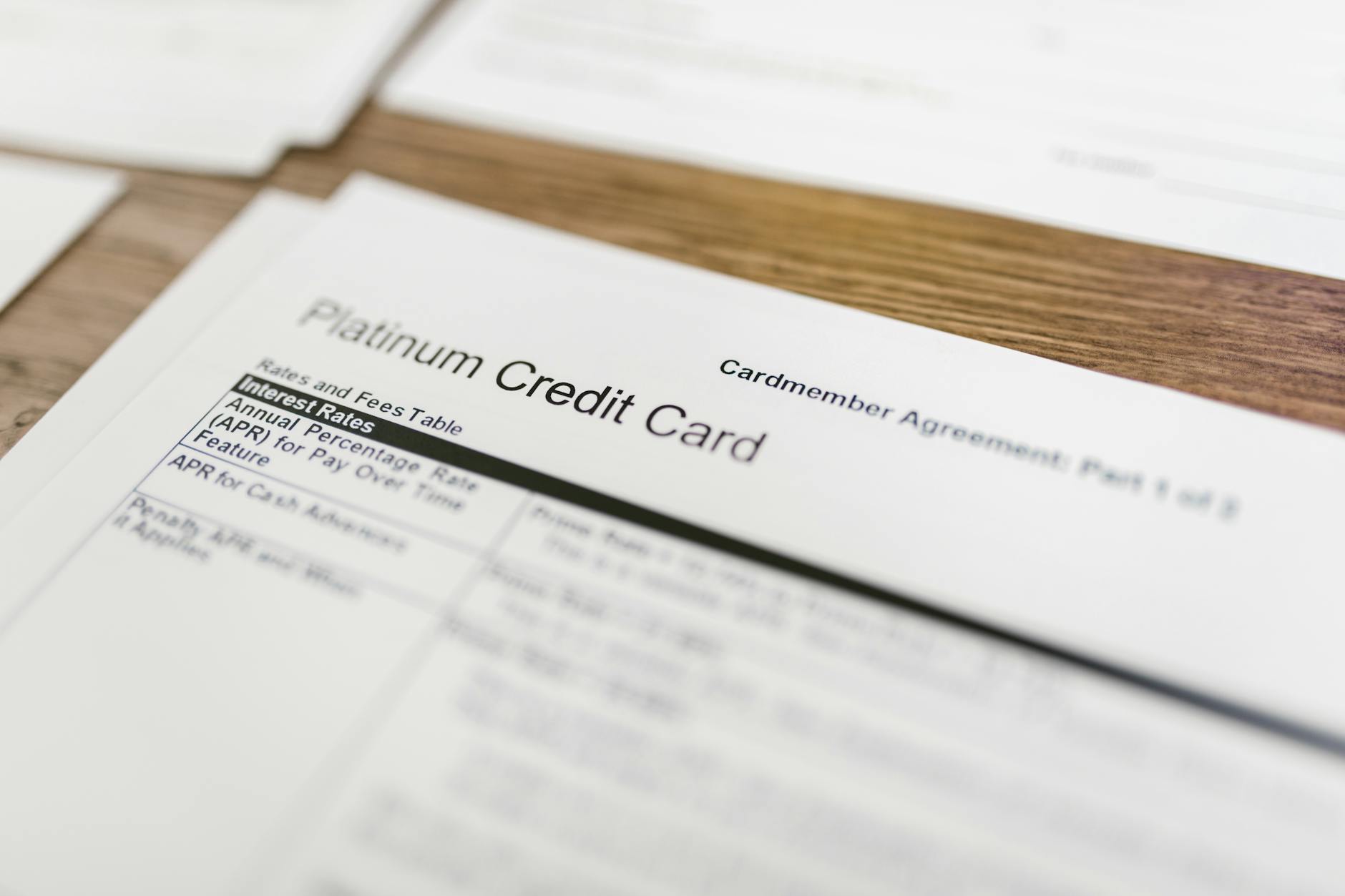Term life insurance is a vital financial product designed to provide security for your loved ones in the event of your untimely passing. It offers a straightforward approach, allowing you to choose coverage for a specified period, typically ranging from 10 to 30 years. By understanding its key features, benefits, and potential drawbacks, you can make informed decisions that best suit your needs and budget. Additionally, various factors influence term life insurance rates, making it essential to explore how to choose the right policy for peace of mind.
Understanding Term Life Insurance
Term life insurance is a straightforward and affordable type of life insurance designed to provide financial protection for a specified period, typically ranging from 10 to 30 years. When you buy a term life insurance policy, you select a coverage amount and a term length, during which the insurer pays a death benefit to your beneficiaries if you pass away.
Key Characteristics of Term Life Insurance:
- Temporary Coverage: Provides protection for a set term, unlike permanent policies which last for life.
- Affordability: Generally lower premiums compared to whole life insurance, making it accessible for many individuals.
- Simplicity: Easy to understand and straightforward in nature—there are no complex investment components.
Options Available:
- Level Term: The death benefit remains constant throughout the term.
- Decreasing Term: The death benefit decreases over time, usually aligned with a mortgage balance or other debts.
In summary, term life insurance serves as a viable choice for those seeking essential coverage without the commitment of permanent insurance. By focusing on your specific needs, you can determine if term life insurance is the right fit for you.

Photo by Leeloo The First
Key Features of Term Life Insurance
Term life insurance offers a variety of essential features that cater to specific needs. Understanding these characteristics is crucial for making informed decisions. Here are the key features of term life insurance:
-
Coverage Duration: The policyholder can choose a term length, typically ranging from 10 to 30 years. This allows customization based on individual financial goals.
-
Fixed Premiums: Premium payments remain consistent throughout the policy’s duration. This predictability helps with budgeting and financial planning.
-
Death Benefit: If the policyholder passes away during the term, beneficiaries receive a tax-free death benefit. This financial support can help cover expenses or replace lost income.
-
Convertibility: Some term policies allow conversion into permanent life insurance without a medical exam. This flexibility ensures future coverage adaptations as your needs change.
-
Simplicity: Term life insurance is straightforward and typically easier to understand than permanent policies. This simplicity can reduce confusion for first-time buyers.
Overall, these features make term life insurance a reliable choice for those seeking affordable and temporary coverage.
Benefits of Choosing Term Life Insurance
Selecting term life insurance offers numerous advantages that make it a popular choice for many individuals. Here are some key benefits:
-
Affordability: Compared to permanent life insurance, term life insurance typically has lower premiums, providing coverage without breaking the bank.
-
Flexibility: You can choose the coverage period that fits your needs, ranging from 5 to 30 years, depending on life stages or financial obligations.
-
Simplicity: Term life insurance policies are straightforward. They pay out a predetermined death benefit if the insured passes away within the term.
-
Financial Security for Dependents: It offers peace of mind, knowing that your loved ones will receive financial support in the event of your untimely demise.
-
Renewal Options: Many policies allow you to renew your coverage for another term without undergoing a medical exam, ensuring ongoing protection.
In summary, term life insurance presents a cost-effective and clear solution for safeguarding your family’s financial future. It’s essential to evaluate your unique needs when selecting a policy that best fits your situation.
Potential Drawbacks of Term Life Insurance
While term life insurance offers many benefits, it’s essential to consider its potential drawbacks. Here are some key points to keep in mind:
-
Coverage Limitation: Unlike whole life insurance, term life insurance only provides coverage for a specified period. Once the term expires, your coverage ends, and you may lose the benefits.
-
No Cash Value: Term life policies do not accumulate cash value over time, meaning you miss out on potential savings that whole life policies can offer.
-
Renewal Costs: If you choose to renew your term policy after it expires, be prepared for higher premiums, especially as you age and your health may decline.
-
Lapse in Coverage: If you forget to pay your premium, your policy can lapse, and you’ll lose coverage entirely.
-
Potential for Rising Costs: Depending on your health and the insurance market, premiums may increase significantly upon renewal.
Understanding these drawbacks can help you make a more informed decision about whether term life insurance suits your financial and coverage needs.

Photo by RDNE Stock project
Factors Influencing Term Life Insurance Rates
When considering term life insurance, it’s essential to understand the various factors that impact your premium rates. These factors include:
- Age: Younger individuals typically pay lower premiums since they pose a lower risk of mortality.
- Health: Insurers examine your medical history. Pre-existing conditions can lead to higher rates.
- Lifestyle Choices: Smoking, drinking, and high-risk activities can increase costs significantly.
- Coverage Amount: Higher death benefits result in higher premiums; find a balance that meets your needs without overextending your budget.
- Term Length: Policies can range from 10 to 30 years. Longer terms usually have higher rates due to extended coverage.
Comparison of Premiums by Factor
| Factor | Lower Rates | Higher Rates |
|---|---|---|
| Age | 20s, 30s | 50s, 60s |
| Health | Excellent | Chronic conditions |
| Lifestyle Choices | Non-smoker | Smoker |
| Coverage Amount | $250,000 | $1,000,000 |
| Term Length | 10 years | 30 years |
Understanding these factors can help you choose the right term life insurance policy that suits your budget and requirements.
How to Choose the Right Term Life Insurance Policy
Choosing the right term life insurance policy can be overwhelming, but breaking it down into manageable steps will simplify the process. Here are key factors to consider:
-
Assess Your Needs: Determine how much coverage you need. Factor in your debts, income replacement, and future expenses, such as children’s education.
-
Coverage Duration: Decide on the term length. Policies typically range from 10 to 30 years. Choose a term that aligns with your financial obligations.
-
Compare Quotes: Don’t settle for the first offer. Collect quotes from various providers to ensure competitive rates.
-
Evaluate Premiums: Analyze monthly premiums against the coverage amount. Make sure you can comfortably afford the payments over time.
-
Consider Riders: Look for optional riders that can enhance your policy, such as accidental death benefits or conversion options to permanent coverage.
-
Financial Stability of Insurer: Research the insurer’s reputation and financial stability to ensure they can meet their obligations.
By carefully considering these aspects, you can select the most suitable term life insurance policy for your needs, providing peace of mind for you and your loved ones.
